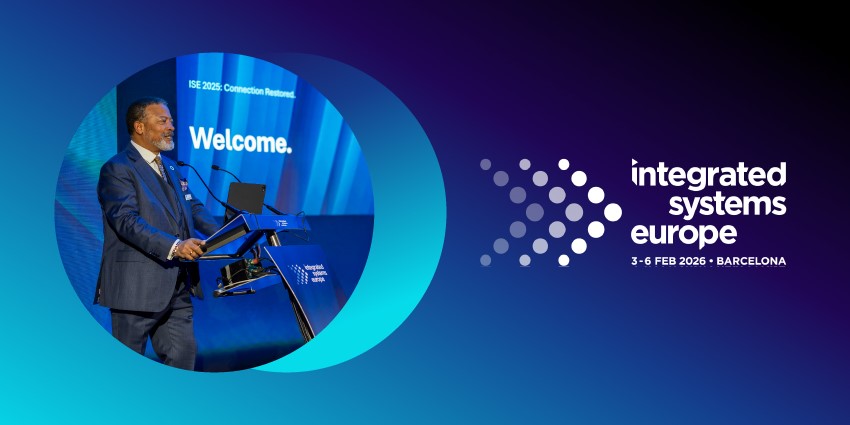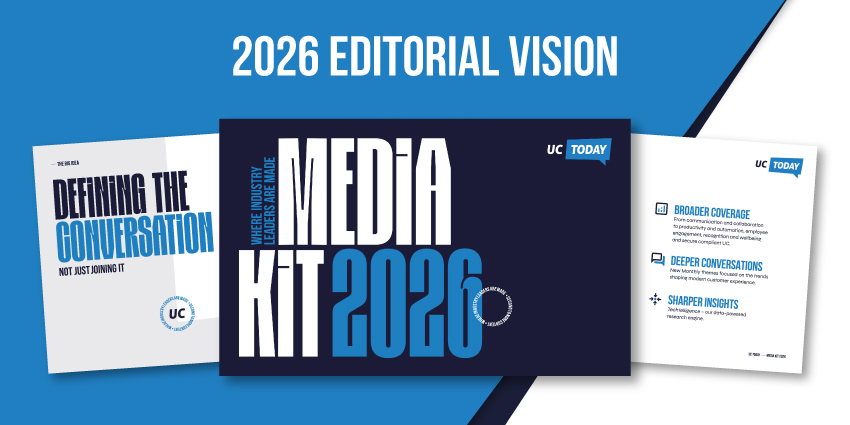ChatGPT 4o vs o1: Which model is better? The simple answer is it all depends on what you want to do with generative AI. OpenAI’s o1 and o1-mini models aren’t really intended to replace GPT-4o within ChatGPT (at least not yet). These models, introduced initially in September 2024, are brand-new solutions, designed for a specific purpose: advanced reasoning.
The o1 model family brings new problem solving skills and deeper thinking capabilities to users looking for help with topics related to math, research, coding, and science. But they don’t have all the features of GPT-4o, like the ability to browse the web, assess various file uploads, and so on.
Plus, accessing the o1 models in full is a lot more expensive – you’ll need to sign up for the new “Pro” plan ($200 per month) for unlimited access.
So, how do you make the right choice? I tested both of these models side-by-side, and researched their performance results, to bring you this comparison guide.
ChatGPT 4o vs o1: What are the o1 Models?
The OpenAI o1 models are a new family of foundational models released by OpenAI in September 2024. According to the AI giant, these models feature advanced math and reasoning capabilities, and use longer chains of thought to “think” about queries before responding.
Unlike GPT-4o, these models are slower, more expensive to access, and lack advanced multimedia capabilities. They’re also not great with certain “custom instructions”. However, they excel at specific tasks, like brainstorming, solving complex problems, and optimizing coding.
Fundamentally, these models are targeted at researchers, educators, and professionals in specialist fields that want to “go deeper” with AI discussions. Key features of the o1 models include:
- Deeper thinking: The models spend more time processing complex problems, which OpenAI says leads to more accurate, thoughtful responses. They can also refine their thinking process in real-time, and detect possible mistakes with “self-correction” algorithms.
- Academic excellence: o1 models excel at tasks connected to physics, chemistry, biology, math, coding, programming, and more. They can understand complex topics much better than most of OpenAI’s models (and the models offered by competitors).
- Variations: OpenAI’s o1 models are available currently in three formats, the standard o1 model (previously o1-preview), o1 Pro and o1 mini. OpenAI hasn’t shared much information about the difference between these models, other than stating that o1-mini is 80% cheaper to use, and o1 Pro is the most advanced model available.
ChatGPT 4o vs o1: What is GPT-4o?
GPT-4o is the primary model used by OpenAI for ChatGPT today. Free plan users can access the mini version of the model and have limited access to the full version. Paid users, on the other hand, get complete access to GPT-4o. The model is also used to power other external tools, like Microsoft Copilot. Engineered for speed and versatility, GPT-4o is a more flexible model.
It excels at generating quick responses to queries about various topics, and caters to users who want fast-paced, intuitive conversations with bots. Around the world, people are using this bot for everything from content creation, to research, and even customer service.
Where the o1 models spend time “thinking” about problems to generate results, GPT-4o focuses on giving users immediate access to information. This means its sometimes less accurate than its counterpart, but it’s a lot more convenient to use. It’s also cheaper to access.
The key features of GPT-4o include:
- Contextual understanding: GPT-4o is excellent at grasping context from various types of content. It can process and respond to information from various modalities, including image, text, audio, and video simultaneously.
- Rapid responses: Although it uses complex processing algorithms, GPT-4o can respond to all kinds of inputs in a fraction of a second. For instance, it can answer audio-based questions in an average of 320 milliseconds.
- Language proficiency: GPT-4o can understand multiple languages outside of English. It also understands various coding languages, and demonstrates strong coding abilities. However, it’s not as exceptional at programming as o1.
ChatGPT 4o vs o1: Comparing Model Performance
Since their release, the o1 models have been subjected to various performance tests by AI enthusiasts – and OpenAI themselves, just like the 4o models. However, understanding the “scores” these models have achieved can be a little complicated, so I’m going to break it down into a slightly simpler comparison guide to help you make the right choice.
Speed and Efficiency
Speed and efficiency are two major factors that separate ChatGPT 4o from o1 models. GPT-4o was designed for rapid response times (about 103 tokens per second). That makes the models great for fast-paced interactions (such as customer service discussions).
GPT-4o is about two times faster than the previous GPT-4 Turbo, and it’s 50% cheaper to run (From an API perspective). Alternative, the o1 models operate at a much slower rate, delivering responses at about 73.9 tokens per second on average. That’s because these models spend more time thinking before they actually deliver a response.
The full o1 and o1 Pro models are a little faster, but the o1-mini model is more efficient to run – it’s about 80% cheaper than the base model.
Reasoning and Problem-Solving Capabilities
I mentioned above that the o1 models were designed for deeper thinking and reasoning tasks – but you might be wondering what that really means. Simply put – these models are brilliant at solving problems. Yes, they take longer to deliver a response, but they also deliver more accurate responses.
For example, in a qualifying exam for the “International Mathematics Olympiad), the GPT-4o model only solved around 13% of all the problems given correctly. The o1 model, on the other hand, answered 83% of the questions correctly – that’s a huge upgrade.
The o1 models are a lot better at understanding complicated scientific language, mathematical expressions, and programming languages. However, it’s worth noting that they’re highly “text-focused”- they can’t (yet) generate content in most non-textual language forms, and they can’t process certain types of content (like audio). That takes us to our next comparison point.
ChatGPT 4o vs o1: Multimodal Capabilities
In the ChatGPT 4o vs o1 debate – GPT-4o definitely takes the lead for multimodal capabilities. This model is designed to handle all kinds of input (text, images, video, and audio), simultaneously. With GPT-4o, the “input” you give the bot can include all kinds of text, images, videos, and audio files.
Plus, the model can actually “integrate” and combine data from various modalities to generate better responses to questions. When it does generate outputs, GPT-4o can create text, audio, and images (with DALL-E). This true “multimodal” functionality makes the model excellent for building advanced virtual assistants, creating multimedia marketing content, and more.
You could even use GPT-4o to create accessibility tools that can translate different forms of communication for people with impairments.
Alternatively, ChatGPT o1 is heavily text-based. The current models don’t support the ability to upload and process external files and images. They also can’t understand audio or video or input, and can’t browse the web to draw information from other websites. When the o1 models generate an output, it’s always in “text” format.
Coding and Debugging Capabilities
I’m not much of a coder myself, so I couldn’t really “test” the abilities of ChatGPT 4o vs o1 from a coding perspective. However, I did find plenty of evidence that the o1 models excel at generating and fixing complex code. For instance, in Codeforces contests, the o1 model reached the 89th percentile.
The o1 series is fantastic for developers who need a tool to help them write code and solve technical problems at an advanced level. However, the speed of GPT-4o might make it appealing in cases where time is a priority. For instance, if you need to solve a coding issue fast to avoid unnecessary downtime for users, GPT-4o might deliver better results.
GPT-4o still matches GPT-4 Turbo’s performance in coding tasks, but o1 is more effective at handling extremely “difficult” tasks. The o1-mini model, in particular is a great cost-effective choice for solving programming problems.
Content Production
If you’re looking for help creating marketing content, GPT-4o is the more versatile choice. As mentioned above, this model can understand a wider range of inputs, and create more diverse outputs (like images), giving you a lot more flexibility to create multimedia content.
You can also use GPT-4o in a wider range of applications, like Microsoft’s apps (through Copilot), to help you in the flow of work. Plus, unlike the o1 models, GPT-4o can browse the internet for up-to-date information, which is pretty handy if you’re creating news reports or articles.
The o1 models are a little better at “complex” writing tasks, however. They can dig into multi-faceted writing prompts, and can maintain the structure of a question in a response. For instance, if you asked the model to explain the strengths and weaknesses of a philosophical argument, it would provide an answer with an opening (background), detailed arguments, and a conclusion.
Safety and Responsibility
For those concerns about AI governance, security, and compliance, GPT-4o has some decent safety standards, particularly if you’re using it with a specific ChatGPT plan (like ChatGPT Enterprise). However, OpenAI implemented many new novel security features into the o1 models.
For instance, the company used a new training approach that allows the models to reason in the context of common safety principles, allowing them to apply safety guidelines more effectively. In fact, the o1 models handle situations where users attempt to “bypass” safety rules much better than GPT-4o. While GPT-4o scored 22 out of 100 in a jailbreak test, the o1 model scored 84.
OpenAI has also implemented some new internal procedures to improve safety. For instance, it’s conducted extensive testing with board-level reviews, and collaborated with government AI safety groups. It even has an ongoing plan for regularly evaluating the safety and security of the models.
ChatGPT 4o vs o1: Availability and Pricing
As mentioned above, GPT-4o is the standard model that anyone can access with a paid ChatGPT plan. You’ll also get limited access to this model on the free plan, although you do get the option to use the pared-down “mini” version on an unlimited basis.
The availability of the o1 models is a little more complex. Currently, ChatGPT Team, Enterprise, and Plus users can access both the standard o1 model and o1-mini on a limited basis. You get access to around 30 messages per week for o1 and 50 messages per week for 01-mini.
Prices for these plans range from $20 per month per user for ChatGPT Plus, to $25/$30 per user per month for ChatGPT Team, and custom pricing is available for ChatGPT Enterprise. ChatGPT Edu users also get limited access to the o1 models.
Alternatively, the newer plan, “ChatGPT Pro”, for $200 per month, includes unlimited access to GPT-4o and GPT-o1. From a developer perspective, customers eligible for OpenAI’s fifth level of API usage can use both the mini and standard models via the API, with limits of 20 requests per minute.
The mini model is a lot cheaper than the full model, and both are more expensive than using GPT-4o. For instance, GPT-4o costs around $10 per million tokens, compared to $60 per million tokens for the o1 model. OpenAI o1-mini costs around $12 per million tokens.
ChatGPT 4o vs o1: Which Should You Use?
Ultimately, both GPT-4o and the o1 models are excellent – but they’re designed for different use cases. If you’re looking for an ultra-sophisticated model that can reason through complex problems and help with a wider range of complex tasks, the o1 models are a great choice.
These models are excellent for developing complicated business strategies, conducting research, developing educational resources, and solving math equations. They’re also great for complex coding exercises, program debugging, and complex writing and ideation tasks.
On the other hand, GPT-4o is a better option for most “standard” needs. It’s definitely the better option if you want to simply create compelling marketing content, or get answers to basic questions. It also features a lot more useful capabilities for standard day-to-day tasks. It supports more multimodal input and output options, has a longer memory, and can follow custom instructions.
The GPT-4o model can also browse the Internet and analyze files and uploads to deliver responses to questions. So, for everyday tasks, It is likely to be the better choice.
What’s Next for OpenAI?
The OpenAI o1 models represent a significant leap forward for OpenAI. These models allow the company to introduce the world to a brand-new form of generative AI bot. Though the models aren’t as effective as GPT-4o for some use cases – they’re brilliant for specialized tasks and problem-solving processes, thanks to their advanced reasoning capabilities.
In the months and years ahead, OpenAI will undoubtedly introduce additional features to these models – potentially even bringing them in line with GPT-4o in certain areas. For instance, we’re likely to get access to features for web browsing and file or image uploads in the future.
Still, for the time being, it’s worth remembering that GPT-4o and the o1 models aren’t really competitors. They’re two distinct solutions designed for different use cases. The right option depends on what you want to do with AI.







